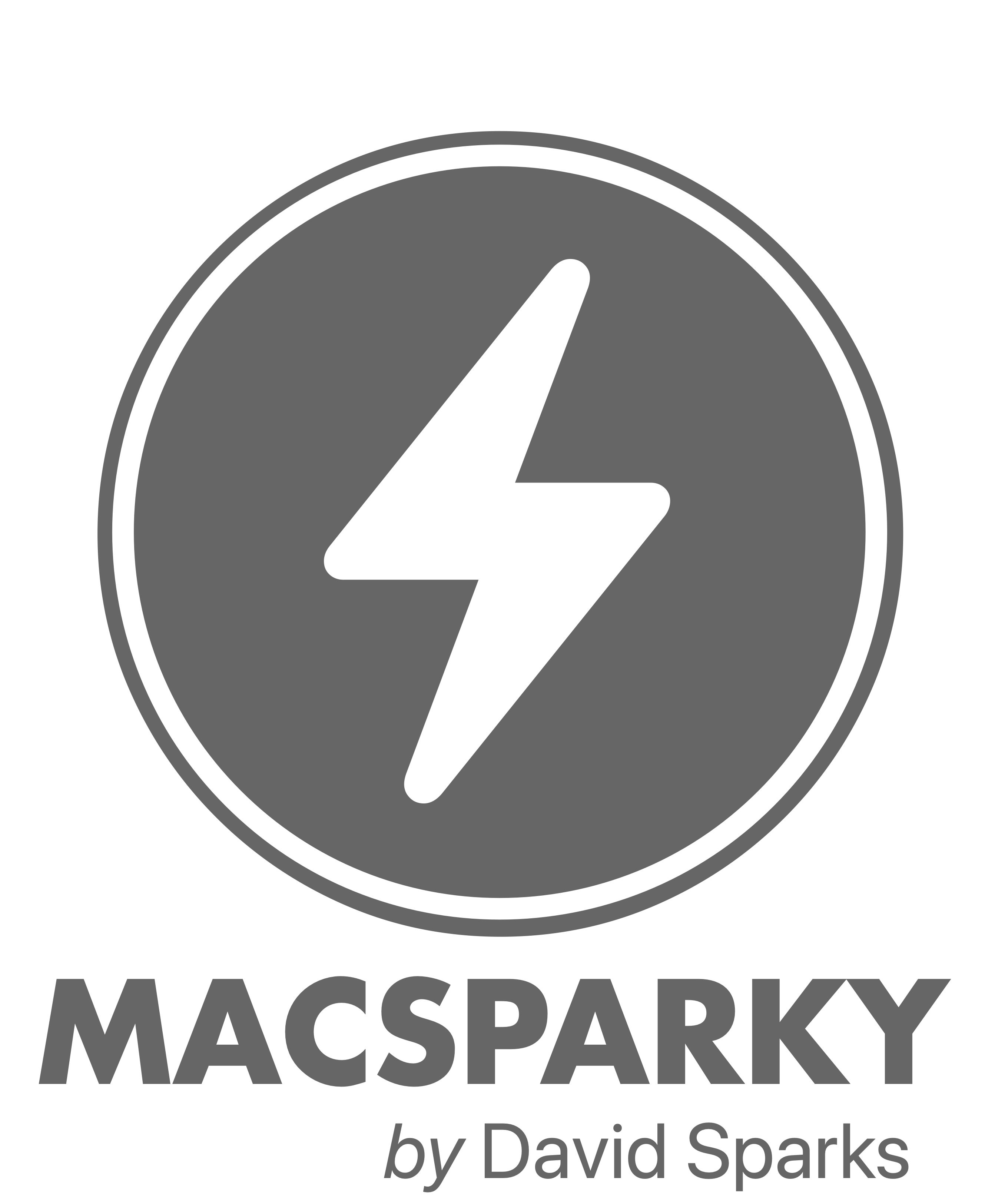
Since posting on the issues with Quicksilver, I’ve received two distinct groups of emails. Faction A is with me that “the Man” will indeed need to rip Quicksilver from our cold dead hands and faction B is telling me that I’m being silly for not even giving LaunchBar a chance. So I decided to do an experiment and run LaunchBar for a couple weeks. I’ve just installed it today and spent most of the day in meetings and away from my Mac. So far I seem to have its application launching, address book, and iTunes features down but that is about it.
I have no idea how to really use it to move files as I do in Quicksilver. Likewise I have no idea if LaunchBar can append text files, run timers, email files from my desktop or a variety of other tasks I use Quicksilver for. Nevertheless, I’m going to try and run it for a few weeks and see what happens. I’ll report back and maybe even do a review at some point in the not so distant future. Stay tuned.








